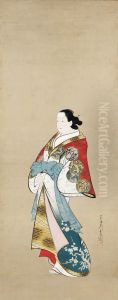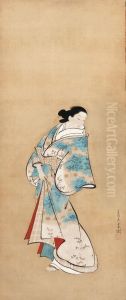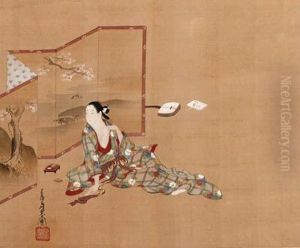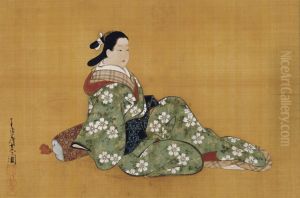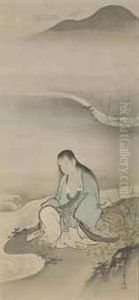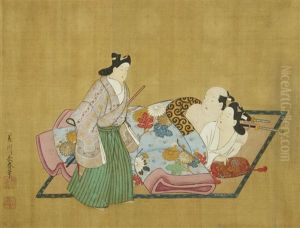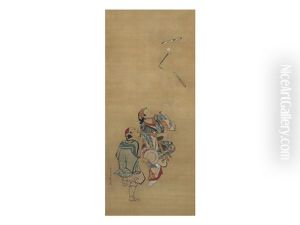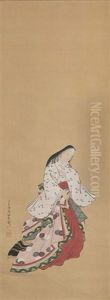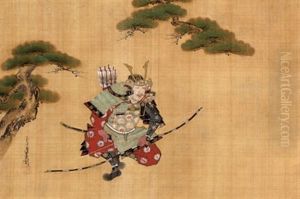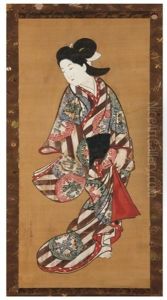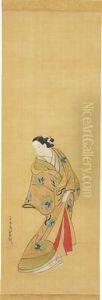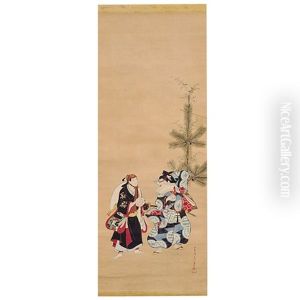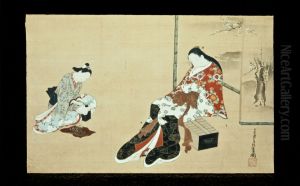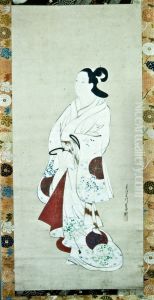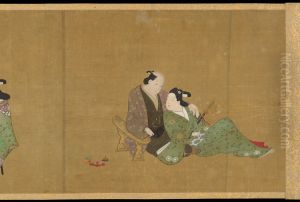Miyagawa Choshun Paintings
Miyagawa Choshun was a Japanese painter active during the Edo period. He was born in 1683 in Edo (present-day Tokyo), Japan. Choshun is most renowned for his contributions to the Ukiyo-e genre of Japanese woodblock prints and paintings. Ukiyo-e, which translates to 'pictures of the floating world,' often depicted the hedonistic lifestyle of the urban culture in Edo, including courtesans, Kabuki actors, and scenes from everyday life.
Choshun was not only a prolific artist but also the founder of the Miyagawa school of painting, which emphasized beauty and elegance in its works. Unlike many of his contemporaries in the Ukiyo-e genre, Choshun did not produce many woodblock prints but instead focused on paintings. His style is characterized by a delicate use of color and a refined approach to composition, often featuring graceful figures and a sense of serenity.
Throughout his career, Choshun enjoyed the patronage of wealthy merchants and members of the samurai class, which allowed him to pursue his artistic endeavors without financial constraints. His works were highly sought after, and he trained many disciples who continued his artistic legacy. Choshun passed away in 1753, but his influence on Japanese art persisted, and his works are still celebrated for their beauty and historical significance in the world of Ukiyo-e.
